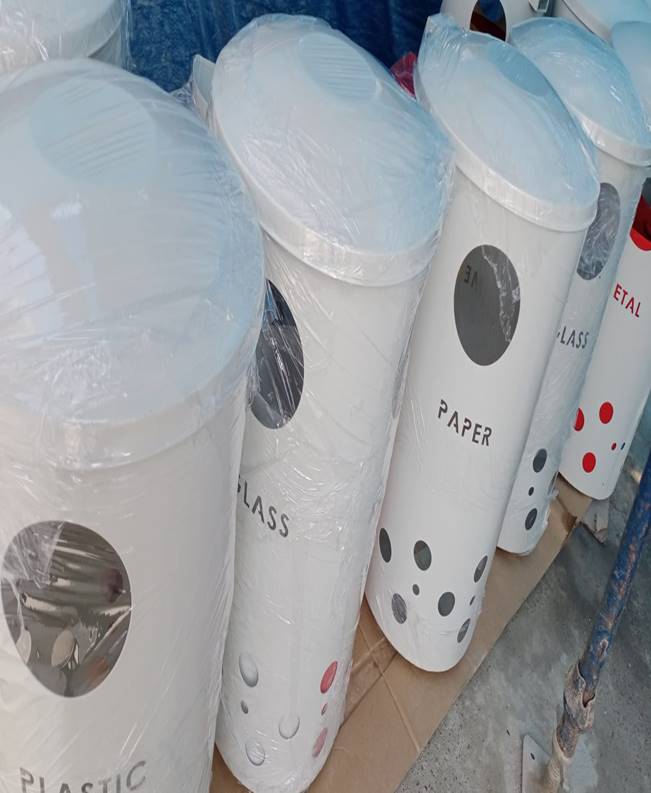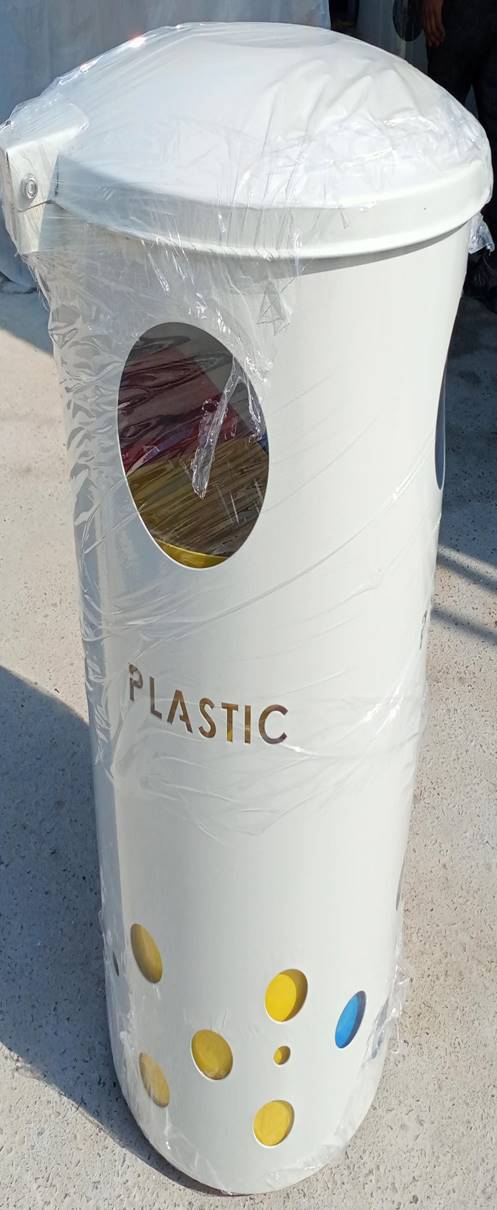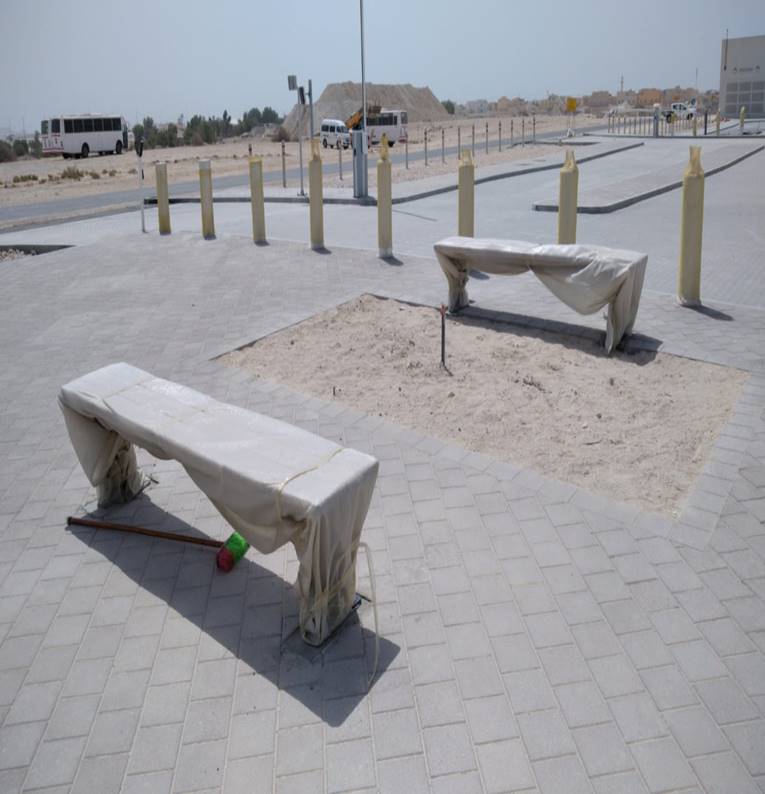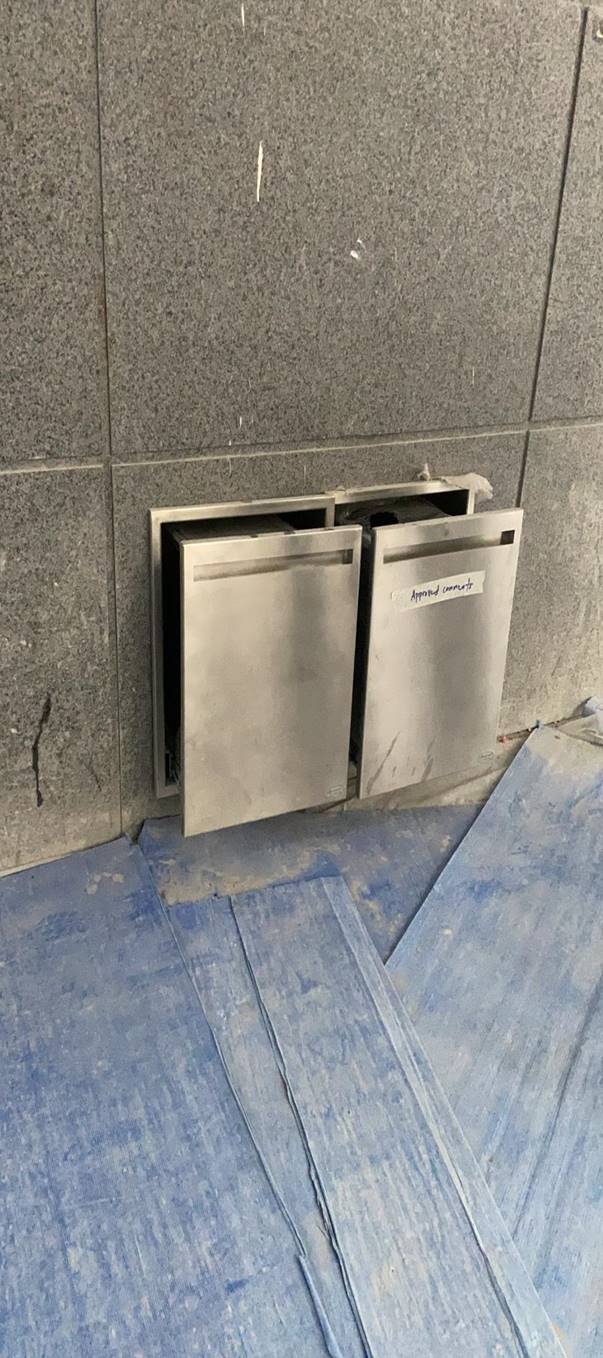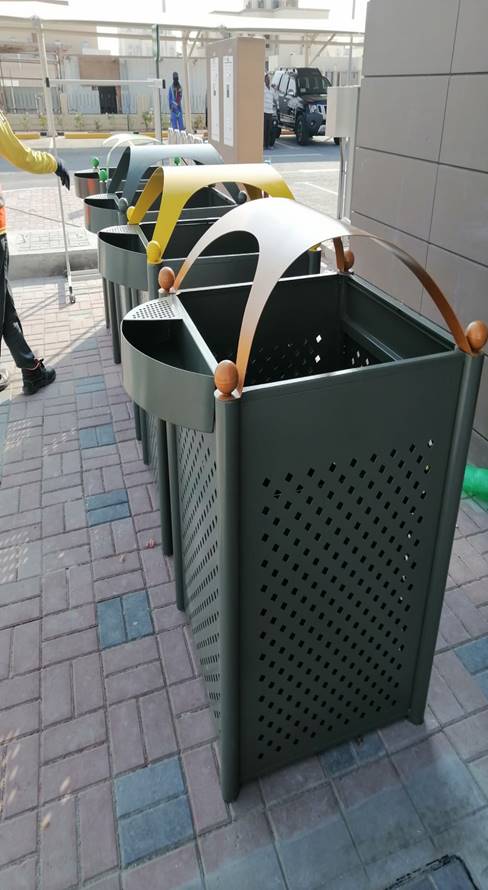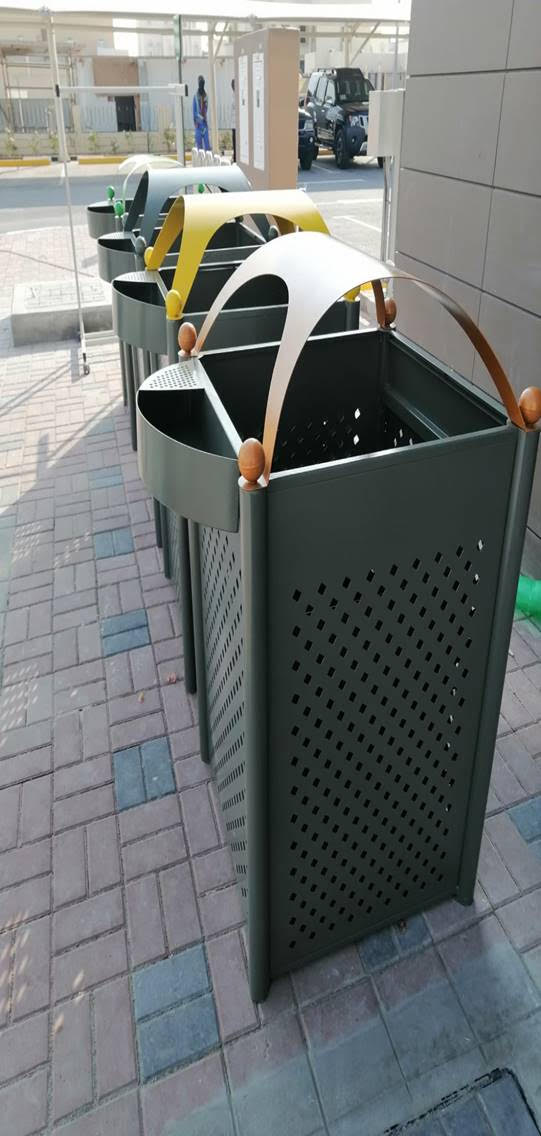Street furniture is a collective object and a masterpiece equipment that beautifies the streets, roads and parks. The impact of online retailing and times of austerity have meant that streets have seen dwindling numbers of shoppers; and city centres, towns and villages have had to work much harder to attract visitors. Local authorities and tourist attractions have been under increased pressure to spend wisely and well, without comprising the aesthetics of communal areas. Seating in streetscapes – and in public parks and waterfronts for instance – can also be more than “just” a place to sit, due to individualised design.
There is an intrinsic message when a local authority or urban landscape designer creates attractive rest and waiting areas. It suggests a warmth of welcome and an understanding of need. It encourages people to stay awhile, to check their phones, snack or watch the world go by. This adds to the principle that visiting high streets and other communal areas should now be an enjoyable “experience” rather than merely a task. Having enough street furniture also promotes equality of opportunity, as it provides rest places for the elderly and people with mobility issues.
Parents of small children can use it in public spaces and amenities, to keep a watchful eye on their youngsters, making accessibility and use more assured. Carefully placed clusters of benches and seating in public places offer opportunities to be sociable and enjoy the outdoors. To make street furniture relevant and justifiable, specifiers and planners are increasingly keen to work with ethically sound companies, who offer a quality product and responsible sourcing.

